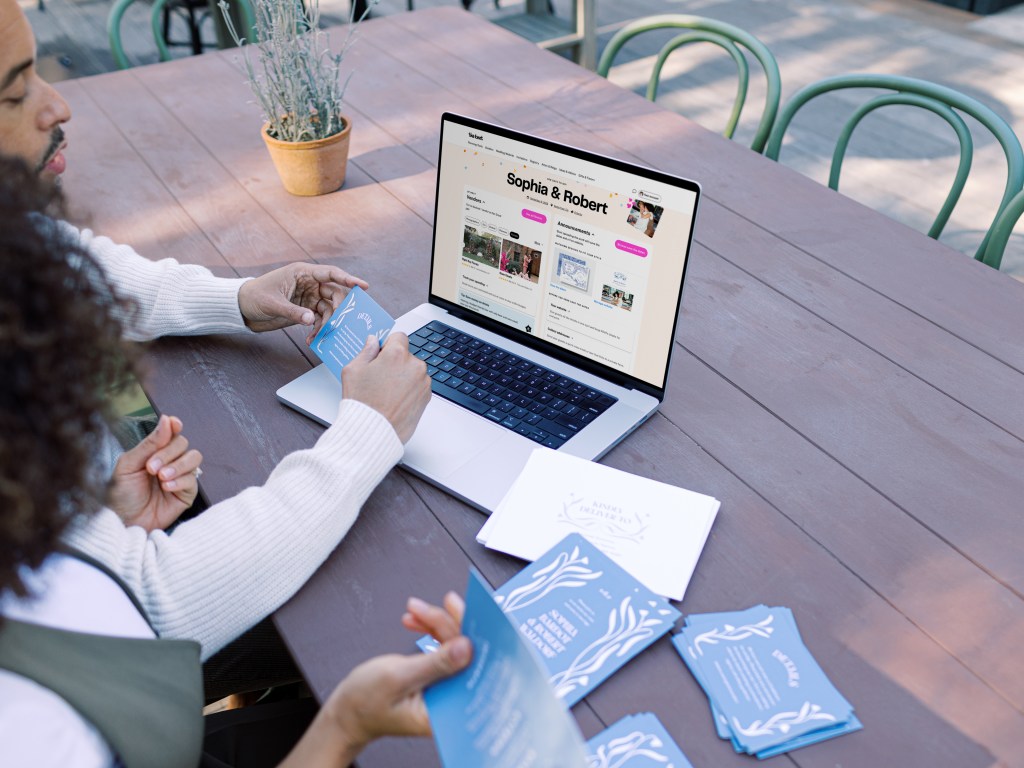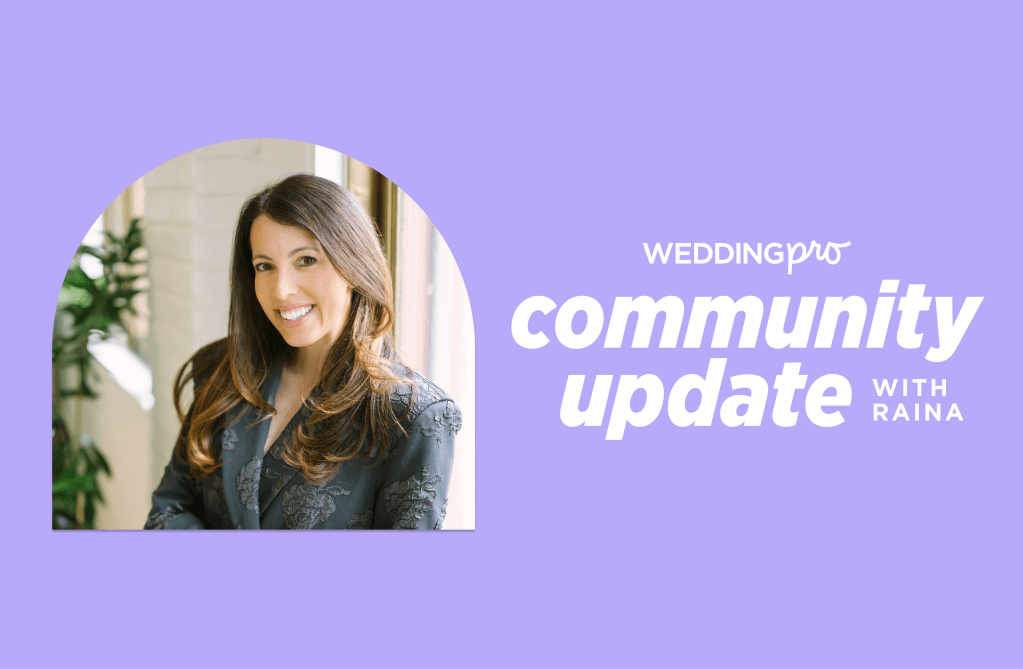Your Questions About Lead Replies, Answered
We often hear that lead replies are one of the most frustrating aspects in the wedding industry, and we can understand why. There are many reasons why replies don’t come in, and we want to make sure you have the tools needed to feel confident that your lead reply communication is strong. We’ve compiled the most commonly asked questions about lead replies and answered them with the help of WeddingPro Educator Alan Berg.
How do you deal with couples that don’t respond to that first reply? Do I send something again? How much time do I wait to send more follow-up?
1) Respond within 24 hours of receiving the message, and no later. Alan jokingly said that you should respond the second you receive the message… but we don’t think he’s joking. Remember that couples often don’t reply because you’ve waited too long to send them a response.
2) If you reply back in a timely manner and don’t get another reply within 24 hours, follow up and restate the same question you asked in your first email (remember, you should always be asking questions in your lead replies!).
“I am so happy that you reached out yesterday and just want to make sure that you got my earlier email. Did you give any more thought to the type of flowers you would like to use in your arrangements? I’d love to hear some of your ideas.”
3) Still no reply back? Alan recommends that you wait a few days. Following up for a second time within two days might look a little too eager and come off as bothersome. Let things simmer for two or three days after your second reply. Then, Alan suggests that you should send a one-line third reply, about a week out from your first one: “Are you still interested in our floral services?”
4) We’re not done yet! Two or three weeks after first reaching out and still no reply? Alan says there is one more thing that you can do: come up with funny (yet professional!) bullet point list of why your potential client hasn’t gotten back to you. At this point, you are showing that you are still interested, haven’t given up and that you have a sense of humor too. Alan notes that this strategy ends up working for many wedding professionals— you have nothing to lose!
“Hello Tim,
It’s been a while since I heard back from you. I assume you haven’t reached out because:
- You’re really busy.
- My emails are going to spam.
- Hungry bunnies attacked you.
I’d still love to work with you and will be here whenever you are ready.”
Is it ok to open your reply back with, “We appreciate your response, we are so glad you are interested,” or should we cut to the chase?
The one thing you should never open with is “Congratulations on your engagement!” Alan did some undercover “shopping” and found that a majority of the professionals he reached out to opened with that line. To stand out, say “thank you” instead. “Thank you for reaching out about having me assist with your planning.” Alan notes that saying “we appreciate your interest in…” sounds bland and unnatural. Read your reply back: if it doesn’t sound conversational, it’s not!
As a florist, I have had clients that flood my inbox with different ideas. One client sent me over 100 photos in six different emails all within in a day. How do I handle this?
Don’t punish the masses for the deeds of a few. Clients like this are the outlier. Alan states that in situations like this, the best piece of advice is to take back control of that conversation. Go to the most recent email and reply “Thank you for sending me those ideas! I just want to let you know that I am in the middle of a busy week creating arrangements for this weekend but I will take the time to look at these and will get back to you once I do.”
If you don’t reply, you’re missing out on a sale. Instead, replying in this manner acknowledges that you are seeing the potential client’s correspondence and subtly hints that you need them to pause what they are doing. By insisting that you will look and get back to them later, the ball is placed back in your court. Now you can direct the conversation where you need it to go to make the sale.
I am busy so I usually just ask three questions in my replies to cut the back-and-forth down, is that ok?
No! This conversational flow and build of your discussions is crucial if you want to make a sale. Replies really don’t take a lot of time in the end. Alan acknowledges that it is a lot balancing and juggling multiple emails, and sometimes, it might even require you to go back in old threads to reread what was sent to remind you what to say. But it’s worth it. Take things slowly and don’t rush it. This strategy also won’t overwhelm your couples and will ensure that each question you ask will be answered. Do I have to address the bride/groom every time in an email (“Hello Tim,”)?
Mirror your customer. If they fill out a form, and you don’t know how formal or informal they are, your first reply back should be a standard “Hello/Hi Tim,” to keep things safe. (If you are more casual, say “Hi.” More formal? Say “Hello.”) If you get an inquiry that opens with “Dear Alan,” you should reply “Dear Tim,” back. Always match your potential client. If they stop addressing you first, you can stop, too.
Keep in mind that if tones don’t match, it can create unnecessary friction. An example? If a couple is uber-casual in their reply and you maintain a more formal tone, the couple may assume you don’t understand them or their vibe and could be turned off.
We hope this helped clear up some of your questions regarding lead replies and provided you with some new ideas to implement. Ultimately, investing the time in creating conversations through your replies is going to give you a leg up in making the sale. Even though a potential client might take a while to respond (those hungry bunnies can be quite troublesome!) or can be quite demanding, we know that you are all up for the challenge of not giving up on meaningful replies.
These tips originally appeared in our webinar “Replying to Leads” with Alan Berg, WeddingPro Educator and CSP.
Let's grow your business together!
Start advertising on The Knot and WeddingWire, the top two wedding planning platforms.


